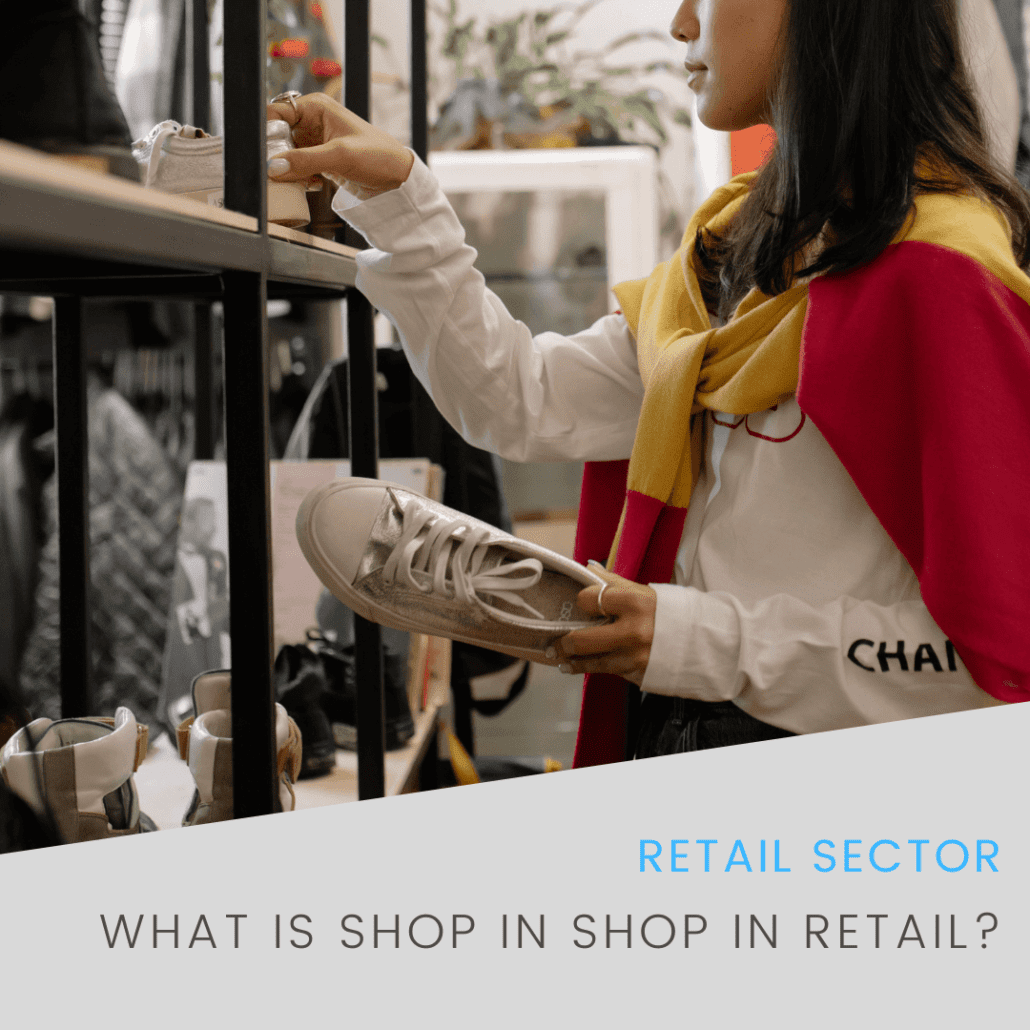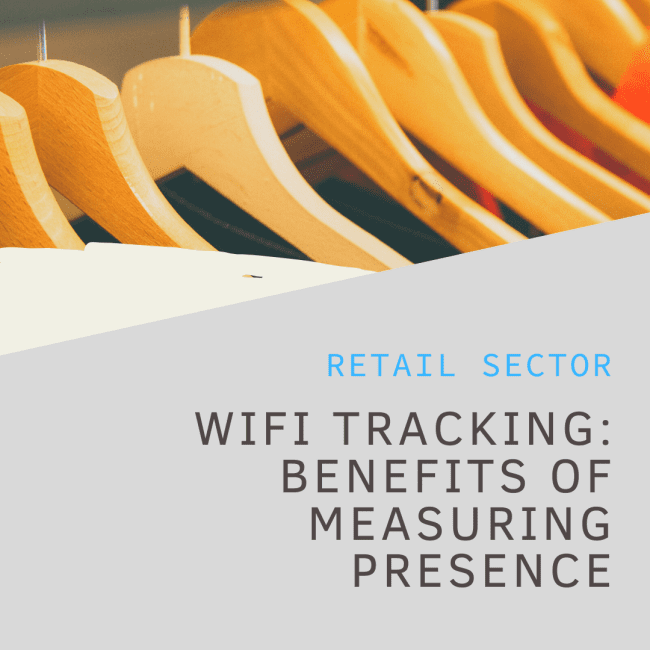The shop in shop retail concept is a dynamic strategy employed by brand owners and retailers, wherein a brand secures space within another retailer’s store to create a dedicated selling area for its products. This innovative approach allows brands to extend their reach beyond traditional monobrand stores and explore additional avenues for customer engagement.
Shop in Shop Retail Concept: An Overview
Monobrand Stores and Shop-in-Shop Programs
Many prominent brands and retailers, such as adidas, Hugo Boss, UGG, or Levi’s, operate monobrand stores exclusively dedicated to their product ranges. In addition to these flagship outlets, they often leverage shop in shop programs to occupy designated spaces within various outlets. An interesting example is Umbro, boasting nearly 2,000 outlets, of which 80% are “shop in shop” establishments, complemented by stand-alone monobrand stores.
Mutual Benefits for Retailers
The concept of shop in shop retailing brings forth a range of benefits for both the hosting retailer and the brand utilizing the space. Shared costs, collaborative marketing efforts, and efficient demand generation contribute to a symbiotic relationship. Moreover, the model facilitates a quicker market presence, allowing brands to capitalize on existing foot traffic within established retail spaces.
Historical Roots: From Farmers’ Markets to Modern Retail
While the term “shop in shop” may sound contemporary, the concept’s roots can be traced back to the age-old farmers’ market. The fundamental idea of creating dedicated spaces for different vendors within a larger retail environment has evolved over time into the sophisticated shop in shop strategy we see today.
Store-within-a-Store: A Multifaceted Agreement
A store-within-a-store is a contractual agreement wherein a retailer rents out a portion of its retail space to another company, enabling the latter to operate an independent store within the larger retail setting. This concept finds prevalence in various industries, from filling stations to supermarkets, and has become a popular practice to enhance customer experience.
Diversified Applications: From Bookstores to Video Game Boutiques
The store-within-a-store concept is not limited to specific industries; it is a versatile strategy adopted by various businesses. Bookstores, for instance, often collaborate with coffee shops to create a more inviting atmosphere for customers. Examples include BP/Amoco Sheetz, Exxon Mobil, and Hollywood Video’s Game Crazy boutiques, showcasing the diverse applications of this arrangement.
Successful Arrangements: International and Domestic Examples
Several successful store-within-a-store arrangements are observed globally. In Spain, the renowned El Corte Inglés partners with brands like Bimba y Lola, Purificación García, and Carolina Herrera, illustrating how manufacturers can operate outlets within a retail giant’s space. Similarly, American department stores like Bloomingdale’s have established fruitful partnerships with Ralph Lauren, Calvin Klein, DKNY, and Kenneth Cole.
Academic Insight: A Profitable Collaboration
A study conducted by business-school academics emphasizes the effectiveness of the store-within-a-store model. The research reveals that this arrangement thrives due to the prime locations provided by the hosting retailer, allowing for higher rents. Manufacturers, in turn, experience increased profits compared to traditional wholesale models. Importantly, consumers benefit from lower prices and enhanced services. The study highlights that this model works exceptionally well for goods that are relatively non-substitutable, such as cosmetics and brand fashions.
The Power and Promise of Shop in Shop Retailing
In summary, the shop in shop retail concept has evolved from its historical roots into a powerful strategy for brands and retailers alike. This dynamic approach offers mutual benefits, fostering collaborative efforts, shared costs, and accelerated market entry. From iconic monobrand stores to diverse shop in shop programs, this model has proven its adaptability and effectiveness in various retail settings.
The success stories of international collaborations, such as El Corte Inglés and Bloomingdale’s, underscore the viability of this strategy. Academic insights further confirm its profitability, emphasizing prime locations, increased manufacturer profits, and improved consumer experiences. In essence, shop in shop retailing is not just a trend; it’s a resilient and effective pathway for brands and retailers to navigate the evolving retail landscape, providing unique and mutually beneficial shopping experiences for consumers.






